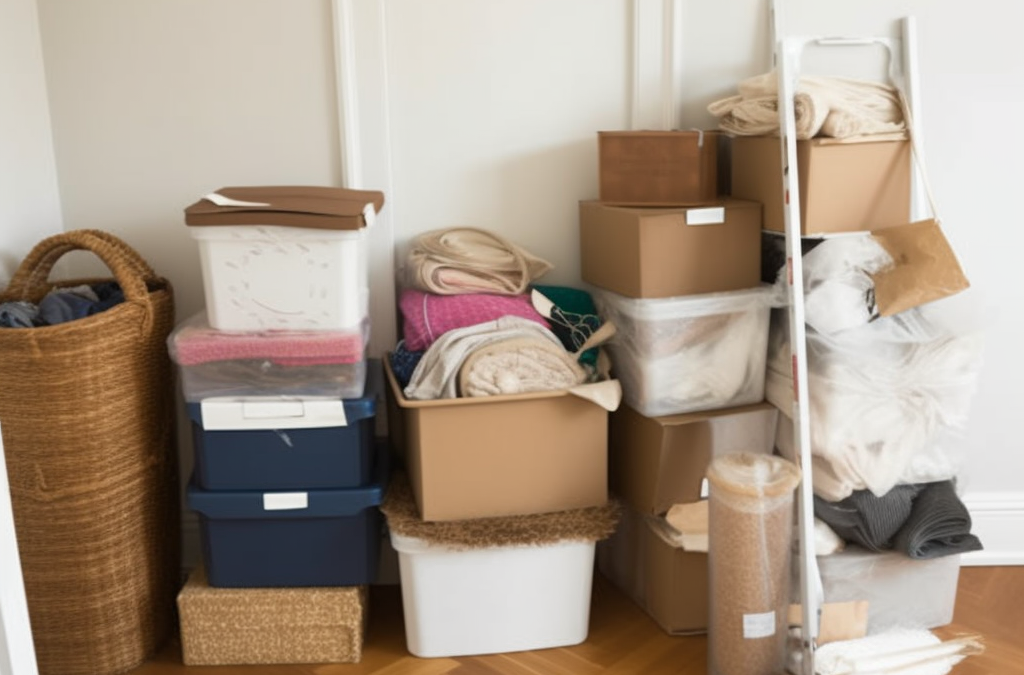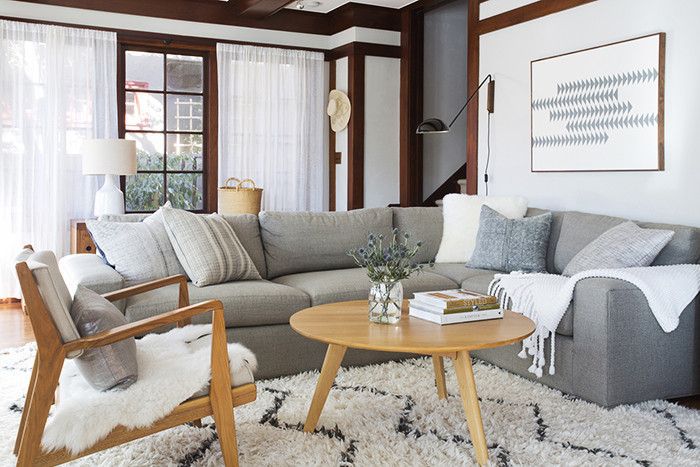
Do’s and Don’ts of Cleaning Your Refrigerator and Freezer
April 18, 2023
Urgent Event Cleaning Services in Singapore
August 2, 2023Declutter Your Home: A Step-by-Step Guide to a Clutter-Free Living Space

Decluttering your home
Introduction
Decluttering your home can lead to a more organized, stress-free, and enjoyable living environment. This article will provide a comprehensive guide on how to declutter your home, with practical tips and strategies to help you achieve a clutter-free space.
The Benefits of Decluttering
- Improved mental well-being: A clutter-free home can reduce stress and anxiety, promoting a sense of calm and relaxation.
- Enhanced productivity: With fewer distractions, you can focus better on tasks and be more productive.
- Easier cleaning and maintenance: Less clutter means fewer obstacles to clean around, making it easier to maintain a tidy home.
- More efficient use of space: Decluttering can help you optimize the use of available space, making your home feel more spacious and functional.
Step 1: Create a Decluttering Plan
Before you begin, it’s essential to have a clear plan in place. Consider the following:
- Set realistic goals: Break down the decluttering process into smaller, manageable tasks to avoid feeling overwhelmed.
- Prioritize areas: Identify the areas in your home that require the most attention, and focus on decluttering those spaces first.
- Schedule time: Allocate sufficient time for decluttering, whether it’s a few hours each day or a dedicated weekend.
Step 2: Sort Your Belongings
To effectively declutter, you’ll need to sort your belongings into categories. Use the following four-box method:
- Keep: Items you use regularly or have sentimental value.
- Donate: Items in good condition that you no longer need, but could be useful to others.
- Sell: Items of value that you no longer want or need.
- Discard: Items that are damaged, broken, or otherwise unusable.
Step 3: Implement Decluttering Strategies
Utilize various decluttering strategies to help you stay organized and efficient during the process:
- One room at a time: Focus on decluttering one room before moving on to the next, ensuring each space is thoroughly decluttered.
- Use the 15-15-15 challenge: Find 15 items to donate, 15 items to throw away, and 15 items to be returned to their proper place. This can help you quickly make progress in decluttering.
- Establish a “maybe” box: Place items you’re unsure about in a “maybe” box. If you haven’t used or missed them after a set period (e.g., six months), consider donating or discarding them.
Step 4: Organize Your Remaining Belongings
Once you’ve decluttered, it’s time to organize your remaining belongings:
- Utilize storage solutions: Invest in storage solutions such as shelves, drawer dividers, and storage bins to keep items organized and easily accessible.
- Label items: Clearly label storage containers, making it easy to locate items when needed.
- Keep frequently used items within reach: Store items you use most often in easily accessible locations.

Step 5: Maintain a Clutter-Free Home
To keep your home clutter-free, adopt habits that promote ongoing organization:
- Follow the “one in, one out” rule: For every new item you bring into your home, remove an old item.
- Establish a regular decluttering routine: Schedule regular decluttering sessions (e.g., monthly or quarterly) to prevent clutter from accumulating.
- Keep a donation box handy: Place a donation box in a convenient location, making it easy to dispose of unwanted items.
FAQs
Q: How long does it typically take to declutter an entire home?
A: The time it takes to declutter an entire home can vary greatly depending on the size of the home, the amount of clutter, and the individual’s decluttering pace. It may take anywhere from one day, a few days to even several weeks. It’s essential to break down the process into manageable tasks and work at a comfortable pace.
Q: What should I do with sentimental items that I don’t have space for?
A: Consider finding creative ways to store or display sentimental items, such as creating a memory box, scrapbook, or digital photo album. Alternatively, you could repurpose sentimental items into functional pieces, such as turning old T-shirts into a quilt or transforming old jewelry into new accessories.
Q: How can I prevent clutter from building up again?
A: To prevent clutter from accumulating, establish new habits that promote ongoing organization. Some helpful tips include following the “one in, one out” rule, scheduling regular decluttering sessions, and keeping a donation box handy for easy disposal of unwanted items.
Q: I have a hard time letting go of items. How can I make the decluttering process easier?
A: If you struggle with letting go of items, focus on the positive aspects of decluttering, such as the benefits it will bring to your mental well-being, productivity, and overall home environment. You can also enlist the help of a friend or family member for support and encouragement during the decluttering process.
Conclusion
Decluttering your home can lead to a more organized, stress-free, and enjoyable living space. By following this step-by-step guide, you can effectively declutter your home and create a clutter-free environment that promotes better well-being and productivity. Remember to establish and maintain good habits to keep your home clutter-free for the long term.
Contact us if you are looking for decluttering or home cleaning services today!



